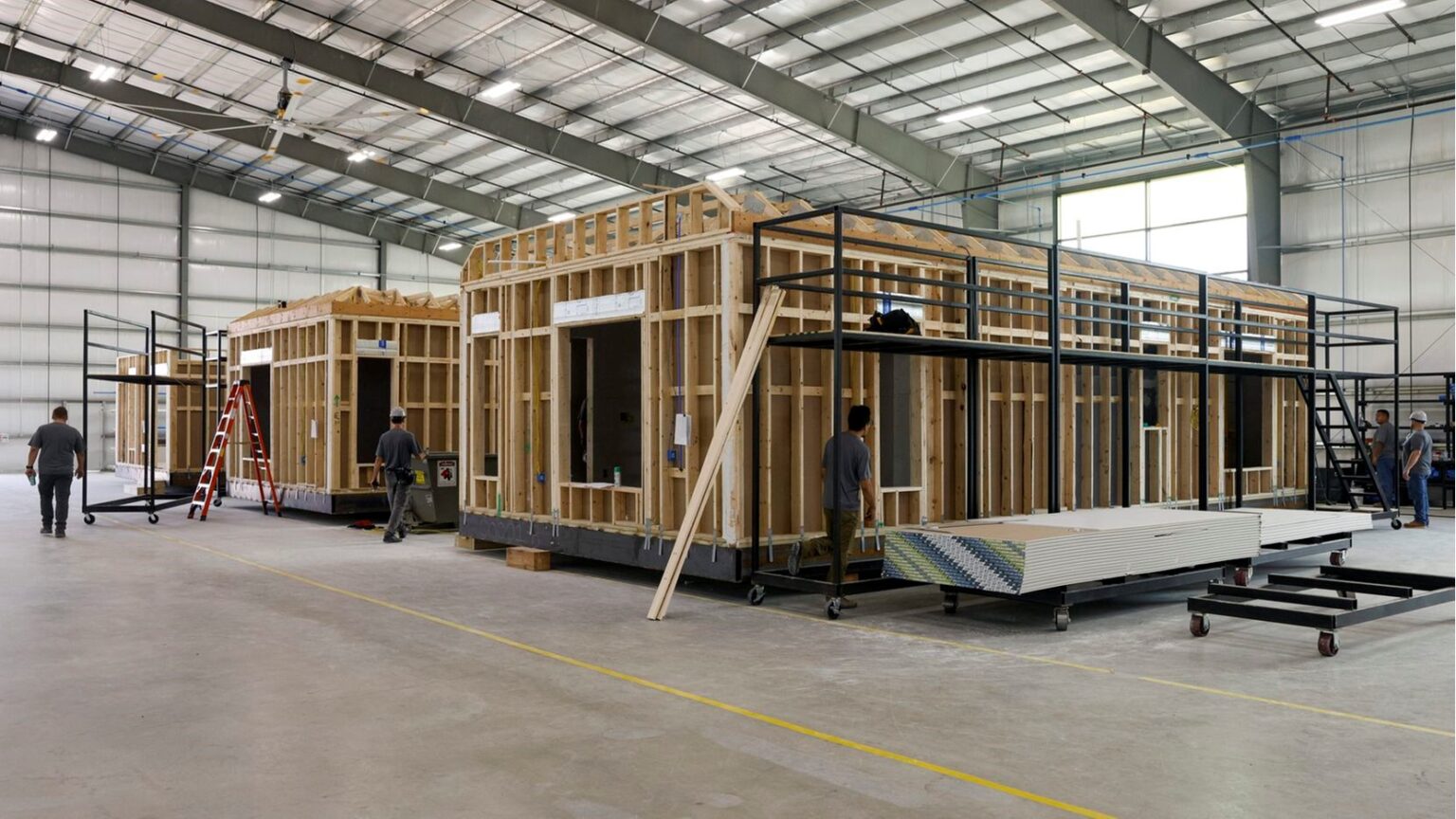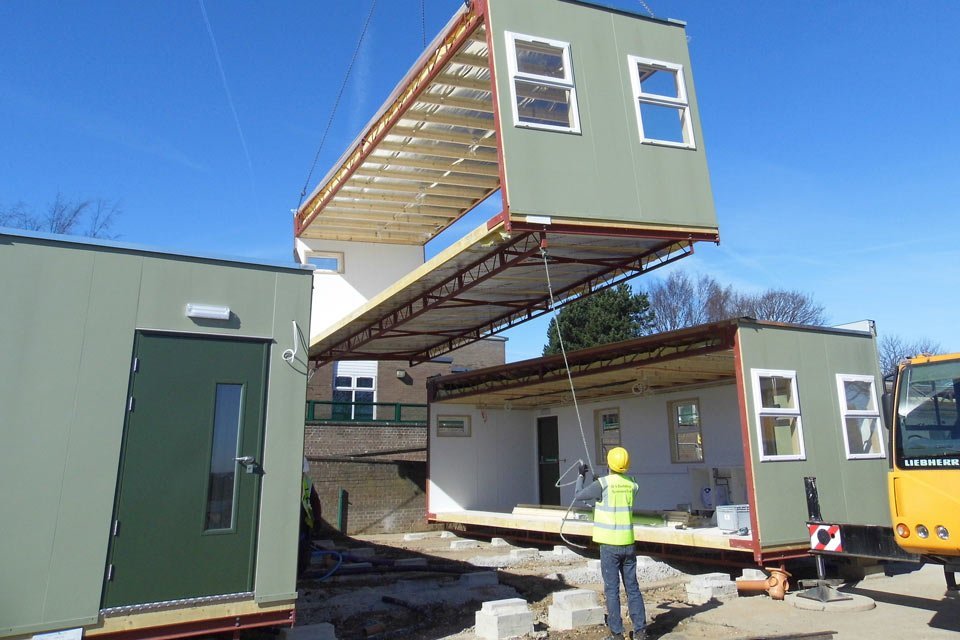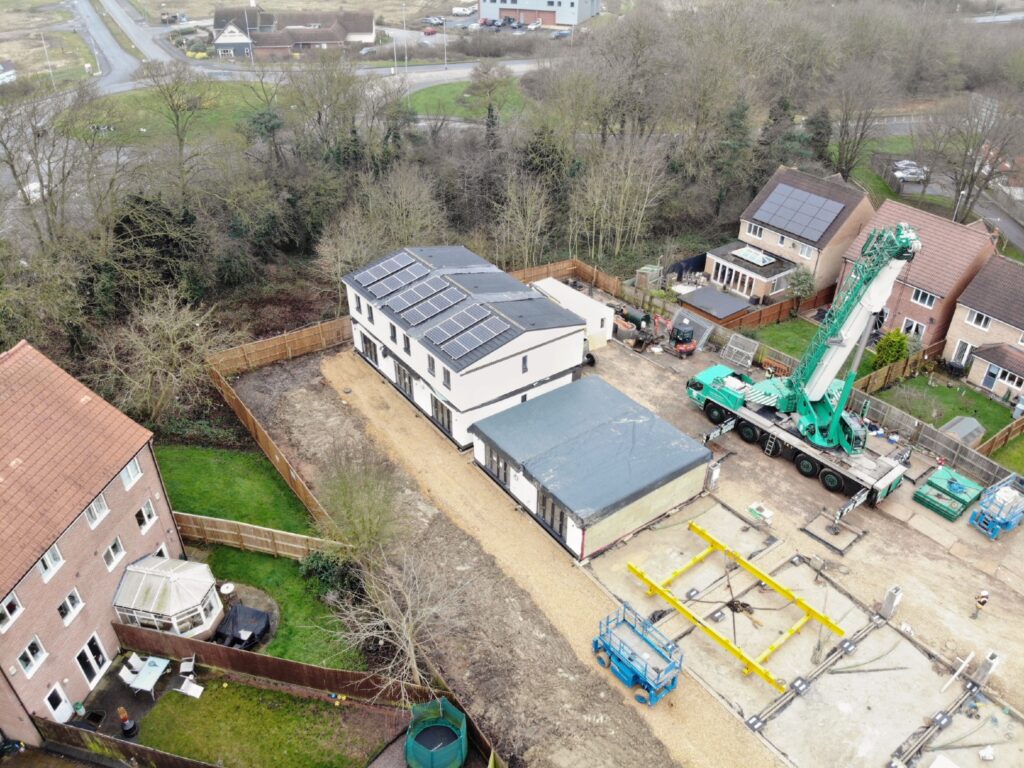The modular and prefabricated construction sector is growing fast. That means developers, funders and QS professionals need to rethink budgets and timelines. This article explores how prefabrication affects the money side of construction, with examples from the UK, Lagos and other emerging markets.
What Is Prefabrication?
Prefabrication means building key components like walls, bathrooms or roofs off site in a factory. These modules are then delivered and assembled on site. This method is being used in student housing, modular hospitals, eco cabins and more. The appeal is faster build times, better quality control and less on site waste.
UK: Modular Takes Off
Make UK Modular predicts that up to 20,000 modular homes could be built by 2025. That is about one in five of the homes needed to meet housing targets.
Ilke Homes, backed by Places for People and Homes England, builds in East Yorkshire and sends finished modules to cities like London and Gateshead.
But not all stories are smooth. Connect Modular in Scotland delivered homes in Ayrshire and Glasgow before collapsing under rising material costs and aggressive bidding.

Lagos and Nigeria: Fast-Paced Growth
In Lagos, the state government delivered 2,500 affordable homes in 12 months using prefab techniques.
Companies like Karmod and Modular Tekniqs are building high-spec steel modular homes across the country. Projects like Green Park Estate in Lagos and Ibadan City Estate in Oyo show how quickly modular can replace lengthy builds.
Elsewhere in Emerging Markets
In South Africa, the Moladi system uses reusable formwork for affordable housing. Countries like Sweden, the Netherlands and Germany are also pushing modular methods to address housing shortages.
How Finance Must Adapt
- Traditional construction spreads funding over many months
- Modular demands front-loaded capital for factory builds
- QSs must produce fixed drawings and detailed bills early
- New risks include factory delays, transport gaps and reassembly
Why Investors Are Paying Attention
- Faster rental or sale revenue due to quicker builds
- Fewer weather or labour-related delays
- Repeatable quality across sites
- Lower emissions and waste — perfect for ESG-driven funds
How to Succeed with Modular Finance
- Get your QS involved early, ideally before final design
- Set finance milestones around factory stages, not site handovers
- Communicate with lenders who may not understand the timeline shift
- Cost logistics, transport and crane operations properly

Final Note
Modular construction is more than a method. It is a financial reframe. When developers and finance teams plan for early spending and tighter scopes, the payoff is huge: more predictable costs, faster delivery and fewer disputes.
Need help planning or costing your modular project?
Explore services and guides at kunleajifowoke.com
